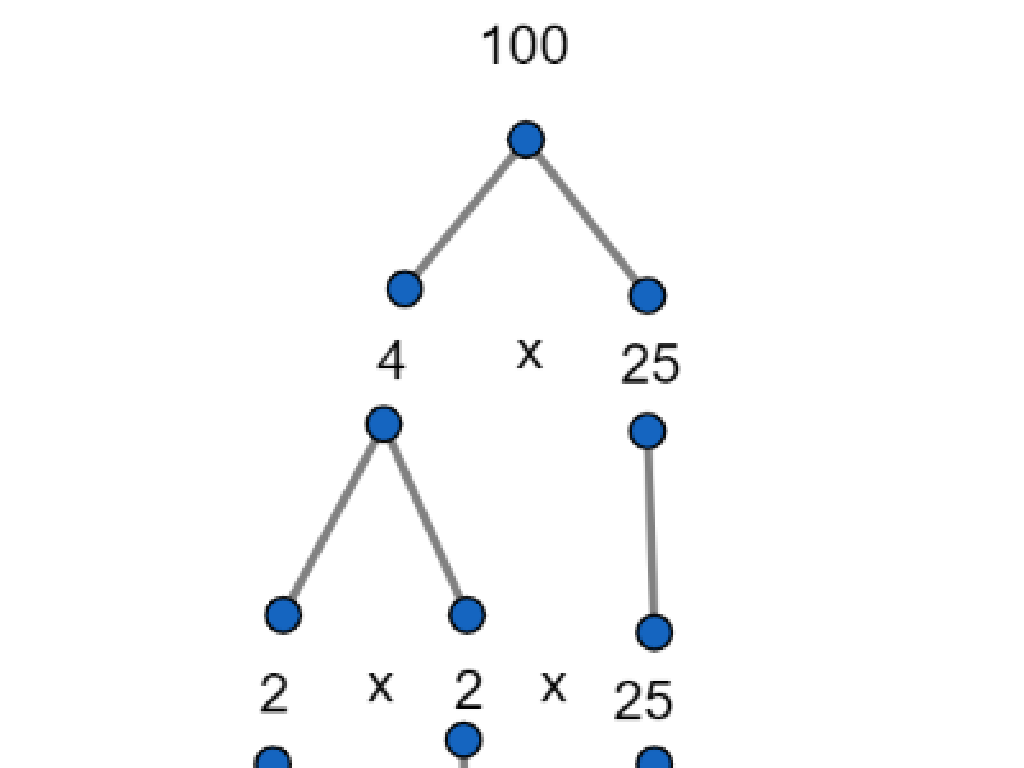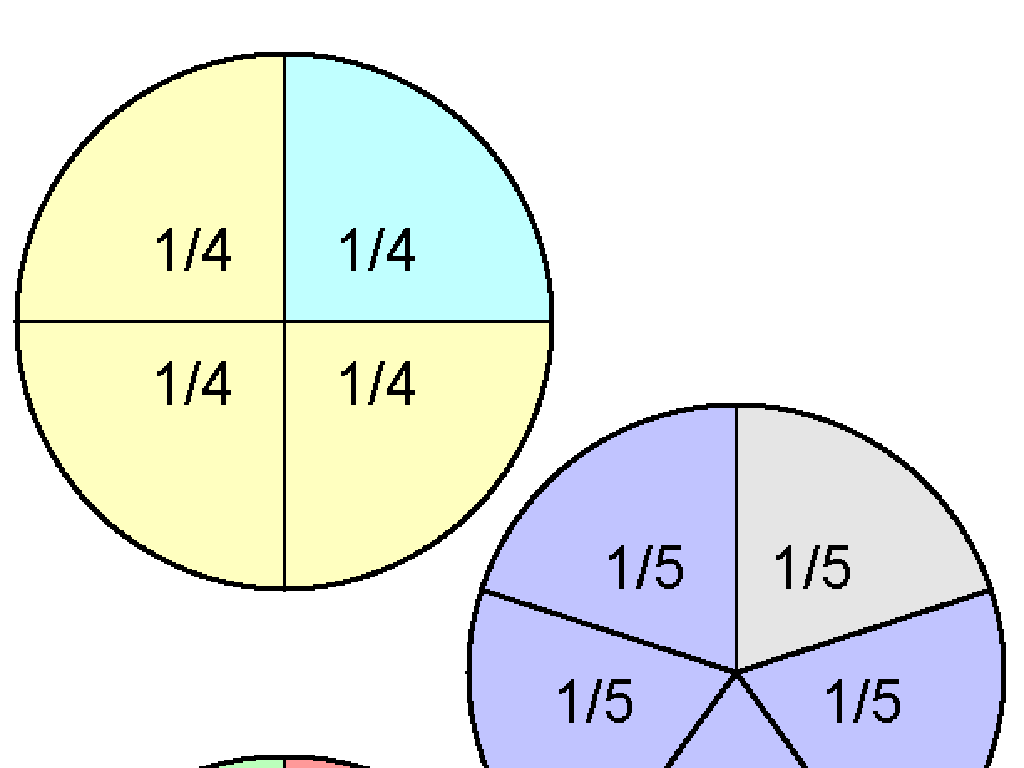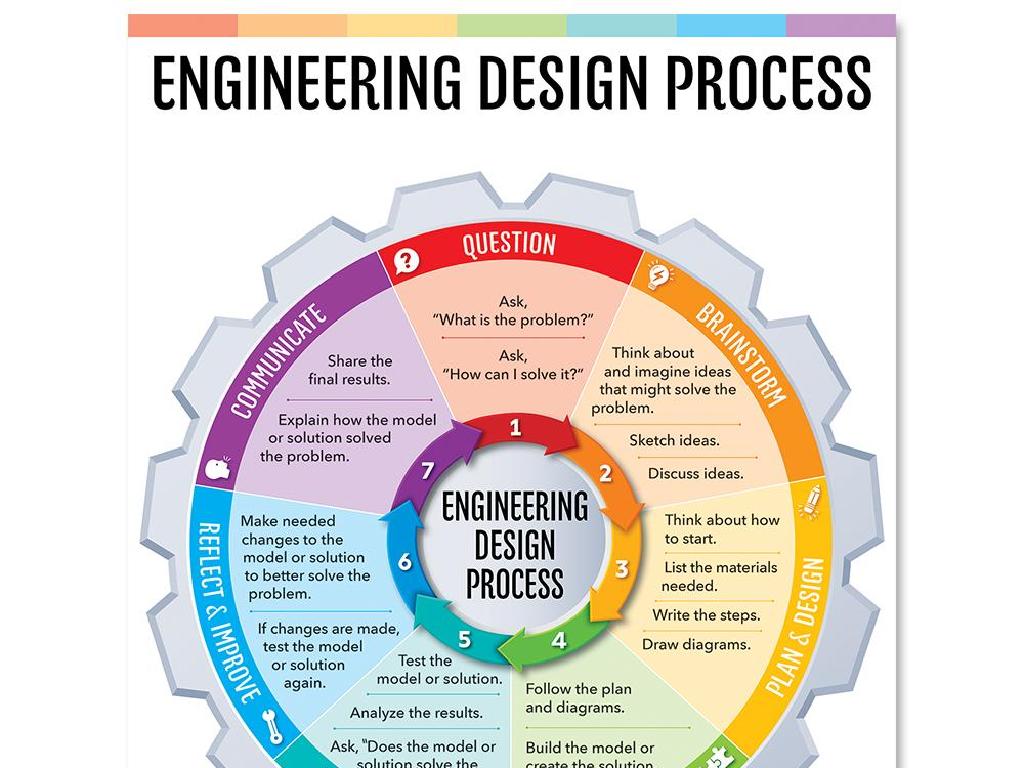Identify Functions Of Animal Cell Parts
Subject: Science
Grade: Sixth grade
Topic: Cells
Please LOG IN to download the presentation. Access is available to registered users only.
View More Content
Welcome to the World of Cells!
– Cells: Life’s building blocks
– Cells’ role in animals
– Cells form tissues, organs, and systems in animals
– Animal cell parts and functions
– Each part of a cell has a unique and crucial function
– Preview of today’s lesson
|
This slide is designed to introduce sixth-grade students to the fundamental concept of cells as the building blocks of life. Emphasize the importance of cells in the structure and function of all living organisms, particularly animals. Highlight that each part of an animal cell, such as the nucleus, mitochondria, and cell membrane, plays a specific role in the cell’s survival and operation. Today’s lesson will focus on identifying and understanding these functions. Encourage students to think about how complex life forms are all made up of these tiny units. The goal is to build a foundation for comprehending the complexity and beauty of life at the microscopic level.
Exploring the Building Blocks of Life: Cells
– Define a cell
– The basic unit of life, found in all living things.
– Cells’ role in organisms
– Cells work together to keep organisms alive.
– Compare animal and plant cells
– Animal cells lack a cell wall and chloroplasts unlike plant cells.
– Animal cells: specialized functions
|
Begin the lesson by defining a cell as the smallest unit of life that can replicate independently, and is often called the building block of life. Explain that every part of an organism depends on cells to function and survive. Highlight the differences between animal and plant cells, such as the presence of a cell wall and chloroplasts in plant cells, which are absent in animal cells. Emphasize that animal cells have various parts with specialized functions necessary for the life of the organism. Encourage students to think about how cells work together in systems and ask them to consider the differences between their own cells and those of plants they may see every day.
Exploring Animal Cell Parts
– Identify animal cell parts
– Cell membrane functions
– Acts as a protective barrier, controls movement of substances in/out
– Cytoplasm: life’s fluid
– Jelly-like fluid where organelles float, supports cell processes
– Importance in cell structure
|
This slide aims to introduce students to the basic components of an animal cell and their functions. Start by explaining that an animal cell is like a tiny factory, with different parts called organelles working together to keep the cell alive and functioning. The cell membrane is the security guard of the cell, deciding what gets in and out, thus protecting the cell. The cytoplasm is compared to a pool of jelly that fills the cell and holds all the organelles in place. It’s important for students to understand that each part of the cell has a specific role and that all parts work in harmony. Encourage students to think of the cell as a miniature city, with each organelle performing a vital job to keep the city running smoothly.
The Nucleus: Command Center of the Cell
– Nucleus: Cell’s control center
– Like a brain, it manages cell functions
– Houses genetic material (DNA)
– DNA holds the instructions for traits
– Directs cell growth
– Coordinates the development of the cell
– Governs cell reproduction
– Ensures cells divide correctly
|
The nucleus is often referred to as the ‘brain’ of the cell because it directs all cellular activities. It contains the cell’s genetic material, DNA, which carries the instructions for all the traits and functions of an organism. The nucleus plays a crucial role in cell growth by regulating the synthesis of proteins necessary for cell development. It is also responsible for cell reproduction, overseeing the process of cell division to ensure that genetic information is accurately passed on to new cells. This slide will help students understand the importance of the nucleus in the overall function of an animal cell. Encourage students to think of the nucleus as the cell’s command center, where all important decisions are made.
Mitochondria & Ribosomes: Cell’s Power and Production
– Mitochondria: Cell’s powerhouse
– Mitochondria convert nutrients into energy.
– Ribosomes: Cell’s protein factories
– Ribosomes use RNA to synthesize proteins.
– Energy production in cells
– Cells produce energy through respiration.
– Utilization of energy by the cell
– Energy powers cell functions and growth.
|
This slide focuses on two crucial organelles within animal cells: mitochondria and ribosomes. Mitochondria are responsible for converting the energy stored in nutrients into ATP, the cell’s usable energy form, through a process called cellular respiration. Ribosomes are the sites of protein synthesis, where RNA is translated into proteins that perform various functions within the cell. Understanding how energy is produced and utilized is fundamental to comprehending cell biology. Students should be able to identify these organelles and describe their functions. Encourage students to think of the cell as a factory, with different parts responsible for different tasks, to help them remember the roles of each organelle.
Cellular Logistics: ER & Golgi Apparatus
– Endoplasmic Reticulum: Cell’s highway
– Transports materials within the cell
– Rough ER: Protein production
– Studded with ribosomes, makes proteins
– Smooth ER: Lipid creation & detox
– Makes lipids, breaks down toxins
– Golgi Apparatus: Packaging & shipping
– Modifies, sorts, and packages proteins
|
This slide introduces students to the Endoplasmic Reticulum (ER) and Golgi Apparatus, essential parts of a cell’s infrastructure. The ER is likened to a highway system within the cell, responsible for the transport of materials. It’s divided into two types: Rough ER, which has ribosomes on its surface and is crucial for protein synthesis, and Smooth ER, which is involved in lipid production and detoxification processes. The Golgi Apparatus functions as the cell’s post office, where proteins are modified, sorted, and packaged for delivery. Understanding these components helps students grasp how cells maintain organization and distribute vital molecules. Encourage students to think of the cell as a factory, with the ER and Golgi as workers specializing in different tasks to keep the factory running smoothly.
Lysosomes & Vacuoles: Cell Maintenance
– Lysosomes: Cell’s waste disposal
– Break down excess or worn-out cell parts
– Vacuoles: Storage sacs within cells
– Store food, water, and waste for the cell
– Roles in cell maintenance
– Keep cells clean and organized
– Importance for cell health
– Essential for proper cell function and longevity
|
Lysosomes are like the recycling center of the cell, breaking down waste and cellular debris, which helps to keep the cell clean and efficient. Vacuoles are comparable to storage tanks, where nutrients and water are stored, and waste materials are contained until disposal. Both organelles are crucial for maintaining a healthy cell environment, which is essential for the overall functioning and survival of the cell. During the class, students can be asked to compare these organelles to everyday objects or systems they are familiar with to better understand their functions. Additionally, students can be encouraged to think about what might happen if these components did not function properly.
Class Activity: Build a Cell Model
– Divide into groups for model crafting
– Create an animal cell using materials
– Use clay, beads, or paper to represent cell parts like the nucleus, mitochondria, etc.
– Present your model to the class
– Explain the function of each part, such as energy production by mitochondria
– Discuss and reflect on the activity
|
This hands-on activity is designed to help students understand the structure and function of animal cell parts. By working in groups, students will engage in teamwork to build a model of an animal cell using various craft materials. Each group will then present their model to the class, explaining the function of each cell part, such as the nucleus acting as the control center, mitochondria as the powerhouse, and so on. After the presentations, lead a discussion to reflect on what was learned and how this activity helped in understanding the complexity and functionality of animal cells. Possible materials include clay for the cytoplasm, beads for organelles, and yarn for the endoplasmic reticulum. Encourage creativity and ensure that each student participates in both the crafting and presentation phases.






